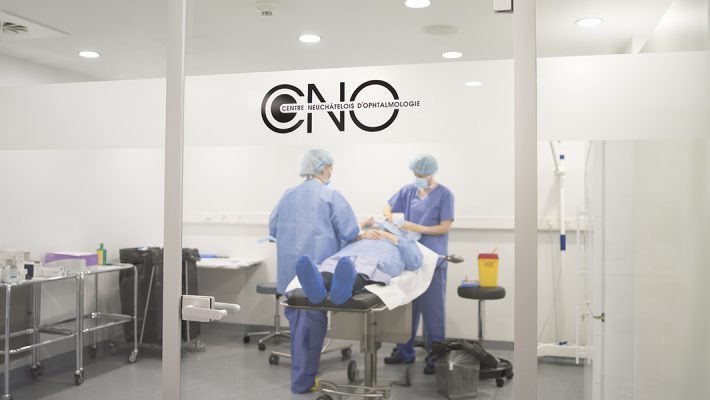The retina, the inner layer that covers the back of the eye, transmits the visual information to the brain.
The Age related Macular Degeneration (AMD) is an ophthalmic condition that affects the central area of the retina, the macula.
When damaged, the macula only transmits a small part of the visual information or a distorted image to the brain, just like a camera when the film is damaged in the centre. In an advanced stage, the person with this condition will not be able anymore to see the centre of the visual field (central scotoma) and will also have difficulty reading and recognizing faces. In general, the AMD is bilateral, however the damaging may be asymmetric.
This condition is more frequent with age, having its onset usually around 50 years old. It is the main cause of low vision in older people in developed countries where 15% of the population over 80 years old present a severe AMD.
Tobacco and genetic predisposition are the main risk factors of this pathology, the actual cause of which still remains unknown.
There are two different forms of AMD:
The Wet AMD (or exudative) which is characterised by the development of abnormal blood vessels in the macula that are fragile and leak. This will cause a macular oedema or haemorrhages of the macula. The presence of oedema or blood in the macula leads to a rapid vision loss, and if nothing is done, can also lead to the irreversible loss of central vision.
Nowadays, the treatment for this form of AMD consists of repeated injections of a substance that fights the development of the abnormal blood vessels.
We do have this treatment available in our Clinic.
At the moment, there is no treatment available for this condition.

